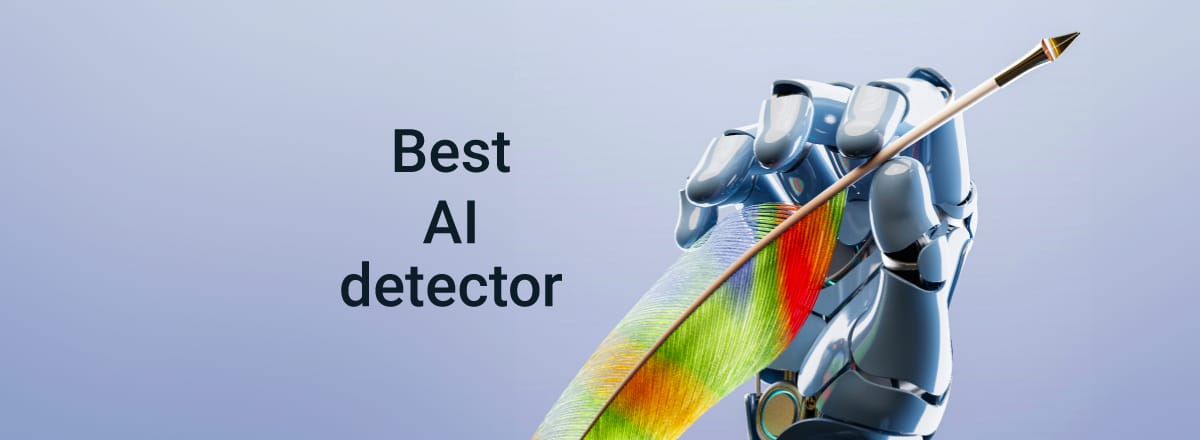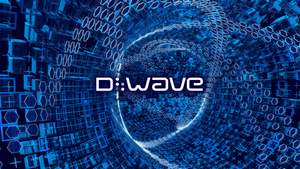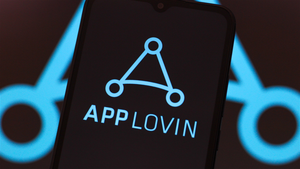Artificial intelligence has transformed both the creation and consumption of information. You can draft articles, blog posts, and even books in seconds. This is both exciting and worrisome. Readers, publishers, and educators want to know if the words they are reading were produced by a human being or a machine. Now more than ever, we have an appreciation for reliable AI content detectors, and by 2025, the available tools will have become more sophisticated than ever. And yet, they also vary surprisingly in terms of their accuracy, usability, and the types of insights they offer.
One of the first things I noticed when testing these tools was that each tool has its own personality.
Some feel academic, almost clinical, while others are built with a casual interface that could pass for a social app. If you are searching for a balance between precision and ease of use, it is worth checking out Smodin AI Detector. It has become popular for its straightforward results and accessible design. In fact, this tool is often mentioned by writers who want a quick yet trustworthy check before submitting work.
Top AI Content Detectors in 2025
1. Smodin AI Detector
Smodin's tool is remarkable for its equilibrium. It does not inundate you with technical jargon, but it produces accurate results. The results page shows you where a text is likely human or AI, along with a confidence percentage. I also loved how straightforward the experience felt. You paste the text, click one button, and in a matter of seconds, you have an answer .It avoids the trap of overcomplication, which makes it accessible to both students and professionals.
2. GPTZero
One of the earliest names in the AI detection space, GPTZero, continues to evolve. By 2025, it will offer improved sensitivity for hybrid texts, which is beneficial for editors working on articles rewritten by humans after the initial draft was written by AI. I found it to be a little on the conservative side. It can identify legitimate writing as suspect, and it was pretty easy to achieve high scores. Still, the tool does offer a detailed breakdown, sentence-level scoring, which can be an instructive moment for writers who are looking to improve and hone their style.
3. Originality.ai
This platform positions itself strongly for publishers and businesses. It combines plagiarism checking with AI detection, giving a dual layer of analysis. If you are managing a team of writers, this dual function saves time. The interface leans more toward professional users, so it may feel heavy for students or casual bloggers. Still, its accuracy against pure AI drafts is among the best I tested.
4. Copyleaks
Copyleaks has focused on educational use. Its reports are clear, color-coded, and easy for teachers to interpret. The 2025 version also integrates with learning platforms, which makes it practical in classrooms. On the downside, it can be slower than some competitors. But when precision is the priority, the wait feels justified.
5. Writer AI Content Detector
The utility appears both contemporary and fashionable. The design has been well integrated into the larger Writer experience, which includes enterprise-level writing assistance. The detector performed well on marketing content and shorter copy. During my testing, it indicated variability with long-form essays, showing less confidence for mixed texts. Still, its clean design and integration with professional writing tools make it appealing.
Everyday Uses of AI Detectors
It is tempting to think only teachers or editors need these tools, yet the reality is broader. Job applicants might want to confirm that their personal statements read authentically. Bloggers may use detectors before pitching articles to magazines. Even social media managers could benefit when checking captions that blend human tone with AI assistance.
I spoke with a few freelance writers who admitted to using detectors as self-audit tools. They draft with AI but then rework until the detector shows a high probability of human authorship. This may sound like a game, but in practice, it becomes a method of refining style and voice. Detectors, in this way, can act as unexpected writing coaches.
Challenges and Limitations
No tool is perfect. Sometimes, detectors misclassify polished human writing as AI because it appears too uniform. Conversely, some AI models now produce text so natural that detectors struggle. The gray zone is large. Users should treat results as guidance, not the absolute truth.
Another limitation is language support. Most detectors are strongest in English. Their accuracy drops in other languages, especially those with less digital training data. For global users, this creates gaps that need addressing. Developers are working on expanding coverage, but progress is uneven.
Choosing the Right Tool for You
The best detector will depend on the context. For students, accessibility and explicitness may matter most, which suggests Copyleaks or Smodin. For publishers with large numbers of writers, Originality.ai or GPTZero may be a better solution. If you work in marketing or enterprise environments, Writer’s detector fits naturally into larger ecosystems.
It helps to test two or three tools on your own material. The differences can be surprising. One detector may flag half a page as AI while another clears it completely. Using them in combination can provide a more rounded view.
Conclusion
The world of AI content detection in 2025 is lively, competitive, and still maturing. Tools like Smodin, GPTZero, Originality.ai, Copyleaks, and Writer all have their unique advantages. None of them is ideal, but they all showcase the increasing need for specificity while navigating a digital world filled with words churned out by machines.
The true insight may be that the purpose of the AI in question isn’t simply to catch AI but to highlight what makes writing human and therefore worth thinking about and reading. Authenticity has texture. A genuine piece of prose contains the unanticipated pause, a stray observation, a line that might not fit a discernible pattern or trend yet is inexplicably alive. An AI detector may reduce writing to a pattern to track, but readers will notice the spark of writing. That spark is what gives meaning to the words more than any algorithm can measure.







